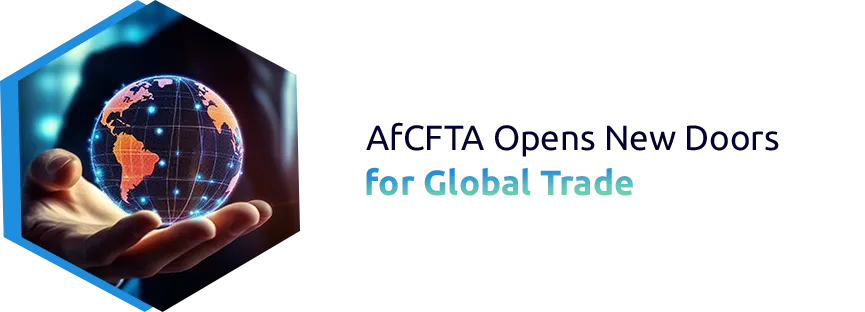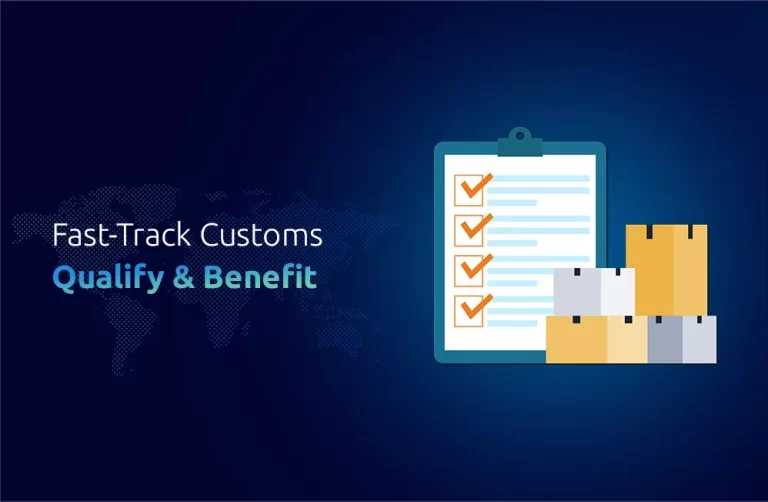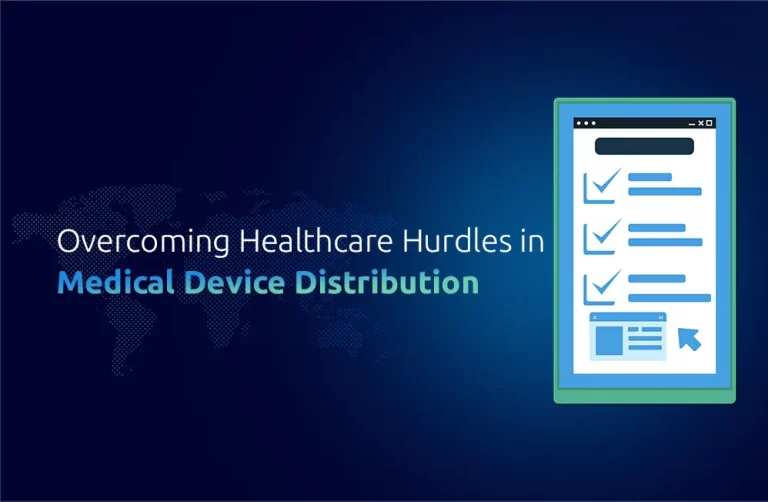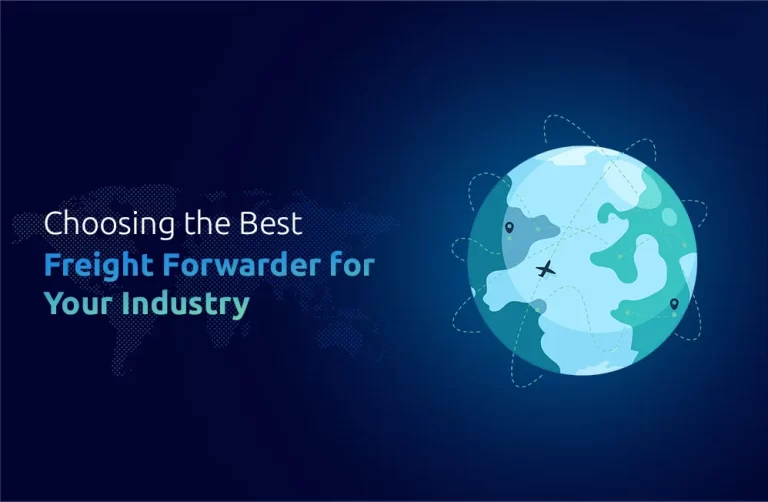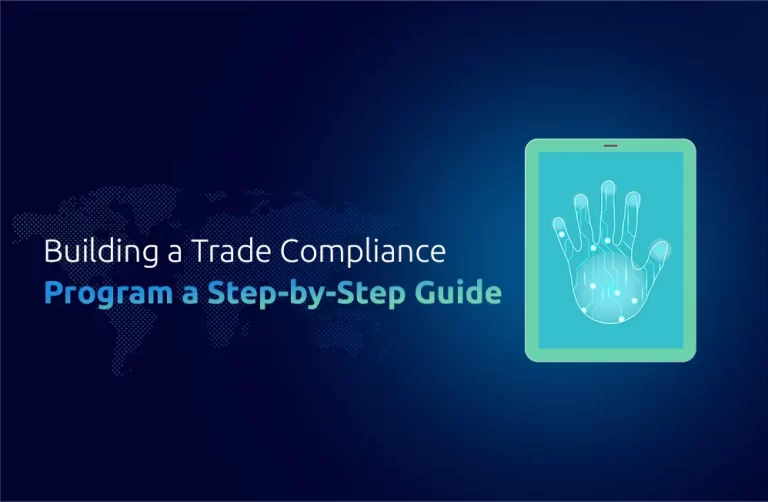Insight
The African Continental Free Trade Area / AFCFTA achieves a historic shift in international trade. It is the world’s largest free trade agreement by country participation. Its core goal is to unify markets, eliminate tariffs on 90% of goods, and promote intra-African commerce. AfCFTA allows smoother cross-border trade of goods, people, and capital, providing a unified market of over 1.4 billion people. Businesses worldwide watch the transformation closely as the agreement simplifies access to a continent of rising opportunity.
The Economic Impact of AfCFTA on African Nations
The potential impact of AfCFTA on regional economies is substantial. The World Bank estimates the agreement could boost income by $450 billion and increase exports by $560 billion by 2035. With streamlined regulations and shared regional integration goals, the pact is expected to drive infrastructure growth, reduce poverty, and boost wages across sectors.
Countries aligning with AfCFTA protocols have reported faster customs processing and clearer documentation standards. This environment encourages foreign direct investment while helping local industries scale across borders. Trade liberalization supports sustainable growth and builds more balanced trade relationships across the continent.
Opportunities for Global Businesses Under AfCFTA
Global businesses have a rare chance to access multiple markets through one framework. Harmonized rules and fewer restrictions reduce entry friction and encourage investment in logistics, equipment, and service-based operations.
By strategically setting up regional hubs, global enterprises can offer cross-border solutions efficiently. This reduces shipping costs, improves time-to-market, and creates proximity to demand clusters. With tax incentives emerging in free trade zones, businesses can improve cost efficiency and deliver high-value goods to underserved areas. Those who move early can shape supply chains and relationships that others will later rely on.
Navigating Regulatory and Compliance Challenges in the AfCFTA Market
Despite the promise, the AfCFTA market remains complex. Each member country interprets and enforces trade regulations at its own pace. Variances in customs requirements, duties, and licensing create compliance pressure.
Businesses partner with entities that handle Importer of Record (IOR) and Exporter of Record (EOR) responsibilities to operate this. IORs ensure that goods enter African markets legally, pay duties, and meet import requirements. EORs do the same on outbound trade. This eliminates the need for businesses to set up local legal entities, reducing administrative strain and avoiding compliance errors.
These services enable smooth customs processing, ensure documents align with current regulations, and offer risk protection. With a reliable IOR/EOR in place, businesses maintain rates even when regulations change without notice.
The Role of Technology & Innovation in Facilitating Trade Under the AfCFTA
Technology is reshaping how goods move across Africa. Governments are rolling out e-customs platforms and digitizing trade documentation. This trend reduces clearance times and increases transparency.
Modern IOR/EOR providers integrate their systems with customs APIs, allowing real-time clearance updates and proactive alerts. Blockchain and IoT applications add visibility and security across the supply chain. AI-driven tools scan for document errors and predict potential clearance risks before they emerge.
Innovations in trade tech help international businesses maintain operational skills, especially when regulations are dynamic. Leveraging these tools helps reduce friction, build trust with authorities, and maintain on-time performance.
Strategies for Entering and Succeeding in the AfCFTA Market
Entry into AfCFTA markets must be structured around compliance, agility, and local insight. Understanding each country’s port infrastructure, import duties, and clearance procedures is essential. A blanket approach rarely works.
Businesses are turning to strategic partners who offer IOR/EOR support across multiple African regions. These partnerships allow companies to deploy quickly, test market potential, and scale without delays caused by red tape. With better tax forecasting, classified documentation, and regional representation, businesses avoid surprises.
The best market penetration plans include technology integration, bilingual logistics support, and on-ground coordination. These factors create a foundation for sustainable growth & long-term success.
The Future Outlook of the African Continental Free Trade Area and Its Global Implications
AfCFTA is set to transform Africa’s global trade profile. As integration deepens, countries will shift from bilateral deals to continent-wide strategies. This creates broader access points for foreign businesses and encourages inclusive growth.
The long-term vision includes harmonized customs codes, single digital trade portals, and unified tax zones. Businesses already aligning with these frameworks will lead in logistics, equipment deployment, and regional compliance.
According to the African Development Bank, GDP across participating countries could increase by up to 7% over 15 years. With rising incomes and improved infrastructure, demand for international expertise and high-performance goods will only grow.
Did You Know?
A 2023 African Union report revealed that AfCFTA-compliant trade corridors reduced customs clearance times by 35% in pilot countries. Ghana, for instance, reported a 24% increase in exports through AfCFTA-aligned systems in one year. The World Bank notes that SMEs benefit most from IOR & EOR services under AfCFTA, which improves market access and lowers compliance costs.
Conclusion
The AfCFTA presents a transformative pathway for international expansion. Companies that invest in the right infrastructure, regulatory strategy, and logistics execution will unlock lasting growth across Africa. We at One Union Solutions provide trusted IOR/EOR services that enable this success, ensuring businesses operate confidently and compliantly across this fast-changing market.
FAQs
1. What makes AfCFTA unique for international trade?
It removes barriers across 54 countries, enabling unified access to a 1.4 billion-person market with shared trade protocols.
2. How do IOR/EOR services help in AfCFTA markets?
They handle all import/export compliance tasks, reduce clearance delays, and enable legal trade without local company registration.
3. What technologies are helping trade in Africa?
E-customs systems, digital invoicing, blockchain for verification, and AI for customs alerts are streamlining trade operations.
4. What’s the biggest compliance risk in AfCFTA expansion?
Variations in local enforcement of rules of origin and inconsistent digital systems can lead to documentation errors or delays.
5. How can businesses plan a successful AfCFTA entry?
Partner with experienced IOR/EOR providers, digitize your documentation, and adapt to regional regulations using localized logistics models.


